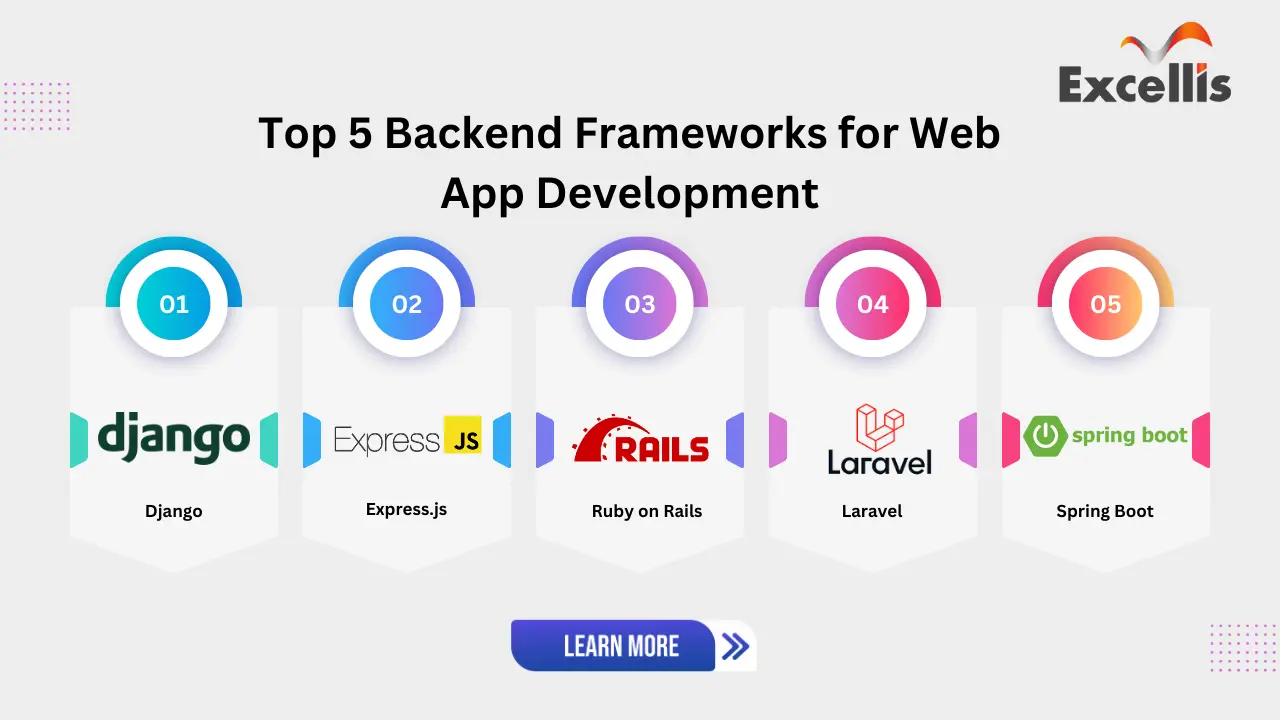
Criteria for Evaluating Backend Frameworks
-
Performance benchmarks:
When assessing backend frameworks, performance benchmarks stand as a cornerstone. Evaluating the execution speed, resource utilization, and responsiveness of a framework under varying conditions provides invaluable insights. Robust benchmarks ensure that the chosen backend framework aligns with the application’s performance requirements, optimizing user experiences and responsiveness.
-
Community support and documentation:
The strength of a backend framework is often reflected in its community support and documentation. A vibrant and engaged community fosters continuous improvement, ensuring quick issue resolution and ongoing updates. Extensive, well-maintained documentation is equally vital, serving as a guide for developers. This section explores how community dynamics and documentation quality contribute to the overall usability and reliability of a backend framework.
-
Scalability and flexibility:
Scalability and flexibility are paramount considerations in the evaluation process. An adept backend framework should seamlessly adapt to the evolving needs of an application, accommodating growth without sacrificing performance. This segment delves into the scalability mechanisms offered by backend frameworks, examining how they handle increasing workloads and maintain flexibility in adapting to diverse development scenarios. Understanding these criteria aids developers in selecting frameworks that align with the dynamic demands of modern web applications.
Find the best web development company in Kolkata for a robust website for your business needs.
5 Industry Best Backend Frameworks for Web App Development in 2023
Framework 1: Django
Django, a high-level Python web framework, facilitates rapid development with a clean and pragmatic design. It follows the model-view-template (MVT) architectural pattern, emphasizing DRY (Don’t Repeat Yourself) and convention over configuration. Django’s batteries-included philosophy integrates essential components to simplify complex tasks, making it a robust choice for web development.
Key Features:
Django boasts an ORM for database management, a powerful templating engine, and built-in admin panels. Its security features, including protection against common vulnerabilities, contribute to its appeal. Django Rest Framework extends its capabilities for building RESTful APIs, enhancing versatility.
Use Cases:
Django finds applications in diverse domains, from content management systems (e.g., Django CMS) to e-commerce platforms (e.g., Saleor). Its versatility accommodates projects of varying scales, making it suitable for startups and large enterprises alike.
Pros:
- Rapid development with reusable components.
- Strong emphasis on security.
- Extensive documentation and an active community.
Cons:
- Learning curve for beginners.
- Convention-heavy, limiting flexibility in certain scenarios.
Framework 2: Express.js
Express.js, built on Node.js, is a minimalist web application framework designed for creating robust APIs and web applications. Leveraging JavaScript on both the server and client sides, it excels in handling asynchronous operations.
Core Features of Express.js:
Express.js simplifies server-side operations with a minimalist, flexible structure. Middleware support enhances functionality, allowing developers to craft modular, extensible applications. It is renowned for its performance and scalability, making it a favorite for building real-time applications.
Real-world Applications:
Express.js is prevalent in building dynamic single-page applications (SPAs) and RESTful APIs. Its simplicity attracts developers working on microservices architecture, enabling efficient creation of scalable and modular systems.
Comparisons with Other Frameworks:
Express.js is often compared with Flask in the Python ecosystem and Sinatra in the Ruby world. Its lightweight nature and emphasis on flexibility distinguish it, especially when compared to more comprehensive frameworks like Django.
Framework 3: Ruby on Rails
Ruby on Rails (Rails) is a full-stack web application framework optimized for programmer happiness. Its convention over configuration approach streamlines development, allowing developers to focus on writing code rather than tedious configuration.
Notable Features:
Rails integrates an ORM, ActiveRecord, simplifying database interactions. Conventionally, it emphasizes the use of RESTful routes and convention-driven development. Additionally, it includes automated testing tools, enhancing the development workflow.
Success Stories:
Ruby on Rails has powered successful applications such as Basecamp, GitHub, and Shopify. Its elegant syntax and developer-friendly environment have contributed to its popularity in startup ecosystems.
Limitations:
- Learning curve for beginners.
- Can be perceived as monolithic for smaller projects.
Considerations:
- Continuous updates maintain relevance.
- Robust community support.
Framework 4: Laravel
Laravel, a PHP web application framework, prioritizes elegance and simplicity. It employs the Model-View-Controller (MVC) architecture and offers features like routing, Eloquent ORM, and Blade templating, streamlining development.
Eloquent ORM and Blade Templating:
Laravel’s Eloquent ORM simplifies database operations, while Blade templating provides a concise syntax for views. These features contribute to the framework’s appeal for developers seeking an expressive and efficient PHP solution.
Applications in Modern Web Development:
Laravel excels in building RESTful APIs and scalable web applications. It’s the framework of choice for projects requiring a balance between performance and developer-friendly syntax, and it has gained popularity in the Laravel Spark ecosystem for subscription-based services.
Community and Updates:
Laravel boasts a robust community and frequent updates, ensuring the framework remains modern and secure. The Laravel ecosystem includes Laravel Nova for administration panels and Laravel Mix for asset compilation, enhancing its versatility.
Framework 5: Spring Boot
Spring Boot, a part of the larger Spring framework, simplifies the development of Java-based enterprise applications. It embraces convention over configuration, reducing boilerplate code and accelerating development.
Integration with Java:
Spring Boot seamlessly integrates with Java, leveraging the extensive Java ecosystem. It facilitates the creation of standalone, production-grade Spring-based applications with minimal effort.
Microservices Architecture:
Spring Boot is a prominent choice for microservices architecture, offering built-in support for creating independent, deployable services. Its modular design and embedded servers enhance scalability and ease of deployment.
Industry Adoption and Support:
Widely adopted in enterprise environments, Spring Boot benefits from strong industry support. Its compatibility with various databases, messaging systems, and cloud platforms makes it an ideal choice for diverse enterprise applications.
Comparative Analysis
| Framework | Performance Benchmarking | Community Preferences and Trends | Scalability and Adaptability |
|---|---|---|---|
| Django | Demonstrates robust performance with efficient database handling | Active Python community support, trending in large-scale applications | Scalable for various project sizes, adaptable to diverse needs |
| Express.js | Recognized for high performance, particularly in handling I/O | Strong Node.js community, trending for real-time applications | Highly scalable, particularly suited for microservices architecture |
| Ruby on Rails | Efficient performance, particularly for convention-driven apps | Strong Ruby community, popular in startup ecosystems | Scalable for medium to large projects, adaptable to business growth |
| Laravel | Offers excellent performance and scalability for PHP projects | Active PHP community, trending for modern PHP development | Highly scalable, adaptable to various project sizes |
| Spring Boot | Demonstrates robust performance and is widely used in enterprises | Large Java community, preferred for enterprise-level applications | Designed for scalability, particularly suitable for microservices |
Emerging Trends in Backend Development
Serverless Architecture:
Serverless architecture, an evolving paradigm, shifts the focus from traditional server management to a cloud-based, event-driven model. Developers can run functions without managing servers directly, reducing operational overhead. This trend streamlines development, enhances scalability, and optimizes cost efficiency by charging only for actual resource consumption.
GraphQL Integration:
GraphQL, an alternative to REST APIs, empowers clients to request precisely the data they need. Its flexibility in data retrieval reduces over-fetching, improving efficiency. As an emerging trend, GraphQL integration provides developers with a more efficient and customizable approach to data communication in web applications.
Containerization and Orchestration:
Containerization (e.g., Docker) and orchestration (e.g., Kubernetes) have become integral to modern backend development. Containers encapsulate applications, ensuring consistency across various environments. Orchestration tools simplify deployment, scaling, and management of containerized applications. This trend enhances portability, scalability, and the overall efficiency of backend systems.
Best Practices in Choosing a Backend Framework
Aligning with Project Requirements:
Selecting a backend framework should align with the specific requirements of the project. Consider factors such as scalability, performance, and ecosystem compatibility. Django, for instance, suits projects with intricate database needs, while Express.js excels in real-time applications. A tailored approach ensures the chosen framework complements the project’s goals.
Considering Developer Expertise:
Evaluate the team’s expertise before selecting a framework. Familiarity with a particular language or ecosystem can expedite development and minimize the learning curve. Assess the framework’s documentation and community support to gauge the available resources for overcoming challenges. A well-matched framework and skilled team contribute to efficient development cycles.
Future-Proofing Considerations:
Future-proofing involves selecting a framework that can evolve with technology trends. Assess the framework’s commitment to updates, community support, and adaptability to emerging technologies. Choosing a framework with a forward-looking mindset ensures that the application remains relevant and maintainable as the technology landscape evolves.
Challenges and Solutions in Backend Development
Common Challenges Faced by Developers:
Backend development presents challenges such as scalability bottlenecks, security vulnerabilities, and performance optimization hurdles. Integrating third-party services, handling large datasets, and maintaining consistency across distributed systems are additional complexities developers encounter.
Solutions and Workarounds:
Scalability challenges can be addressed through efficient load balancing and caching mechanisms. Security vulnerabilities require continuous monitoring, regular updates, and adherence to best practices. Performance optimization often involves database indexing, asynchronous processing, and code profiling. Integrating third-party services necessitates robust error handling and adherence to service-level agreements.
Learning from Others’ Mistakes:
Understanding common pitfalls and learning from others’ experiences is crucial in backend development. Engaging in community forums, participating in knowledge-sharing sessions, and staying updated on case studies contribute to a collective learning experience. Learning from mistakes helps developers anticipate challenges and proactively implement solutions.
Framework Updates and Roadmaps
Recent Updates from Each Framework:
Django:
Recent updates focus on enhancing performance, security, and asynchronous support. Features like Django Channels enable real-time capabilities, aligning with modern web application demands.
Express.js:
Ongoing updates refine performance and security aspects. The framework evolves with Node.js advancements, ensuring compatibility and optimization for real-time applications.
Ruby on Rails:
Continuous updates introduce improvements in speed, security, and developer experience. Features like Action Mailbox and Action Text enhance Rails’ capabilities.
Laravel:
Laravel’s recent updates prioritize developer convenience and application scalability. Improvements in the Laravel ecosystem, including Laravel Mix and Nova, contribute to a more streamlined development experience.
Spring Boot:
Recent updates focus on enhancing support for microservices architecture, optimizing performance, and maintaining compatibility with the latest Java releases.
Future Roadmaps and Anticipated Features:
Django:
Future roadmaps suggest a continued focus on performance optimization, support for newer Python versions, and enhancements in developer tools for a more seamless experience.
Express.js:
The roadmap includes further integration with modern JavaScript features and continuous improvements in scalability and real-time capabilities.
Ruby on Rails:
Upcoming features aim to boost developer productivity, improve scalability, and introduce tools that align with evolving web development standards.
Laravel:
Future plans include advancements in GraphQL support, improvements in API development, and enhancements in the Laravel ecosystem to maintain its status as a versatile PHP framework.
Spring Boot:
The roadmap emphasizes ongoing support for microservices architecture, compatibility with the evolving Java ecosystem, and enhancements in deployment and monitoring tools.
Conclusion
The ever-evolving world of backend development demands a nuanced understanding of frameworks, emerging trends, and best practices. A leading web development company in Kolkata offers a website that matches all your business requirements. From the robust versatility of Django to the real-time efficiency of Express.js, developers face a diverse array of choices. As serverless architecture, GraphQL integration, and containerization reshape the landscape, staying informed is paramount. Best practices, aligning with project needs and considering future-proofing, guide intelligent framework selection. Acknowledging challenges and learning from collective experiences fosters growth.
Category
Featured Posts
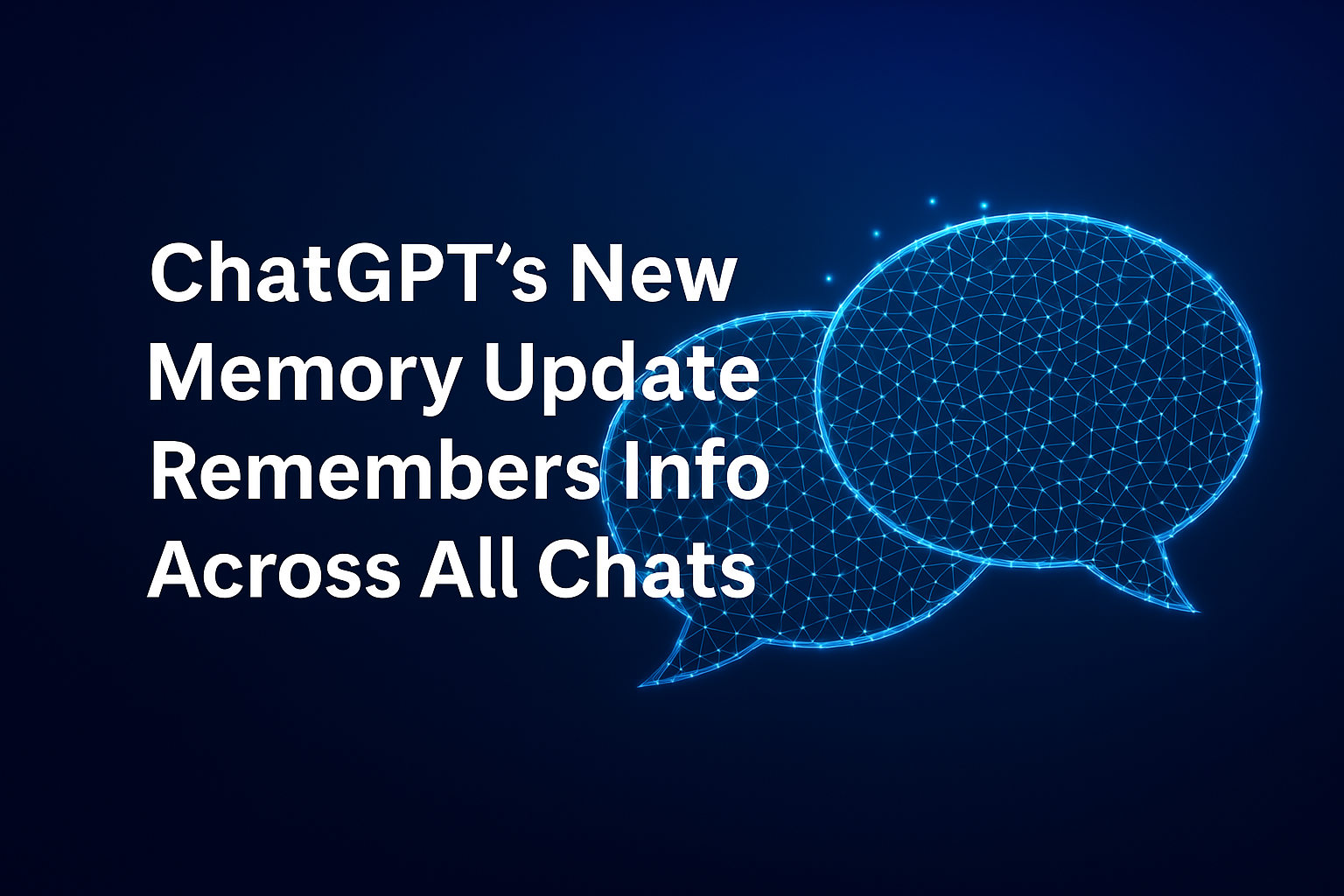
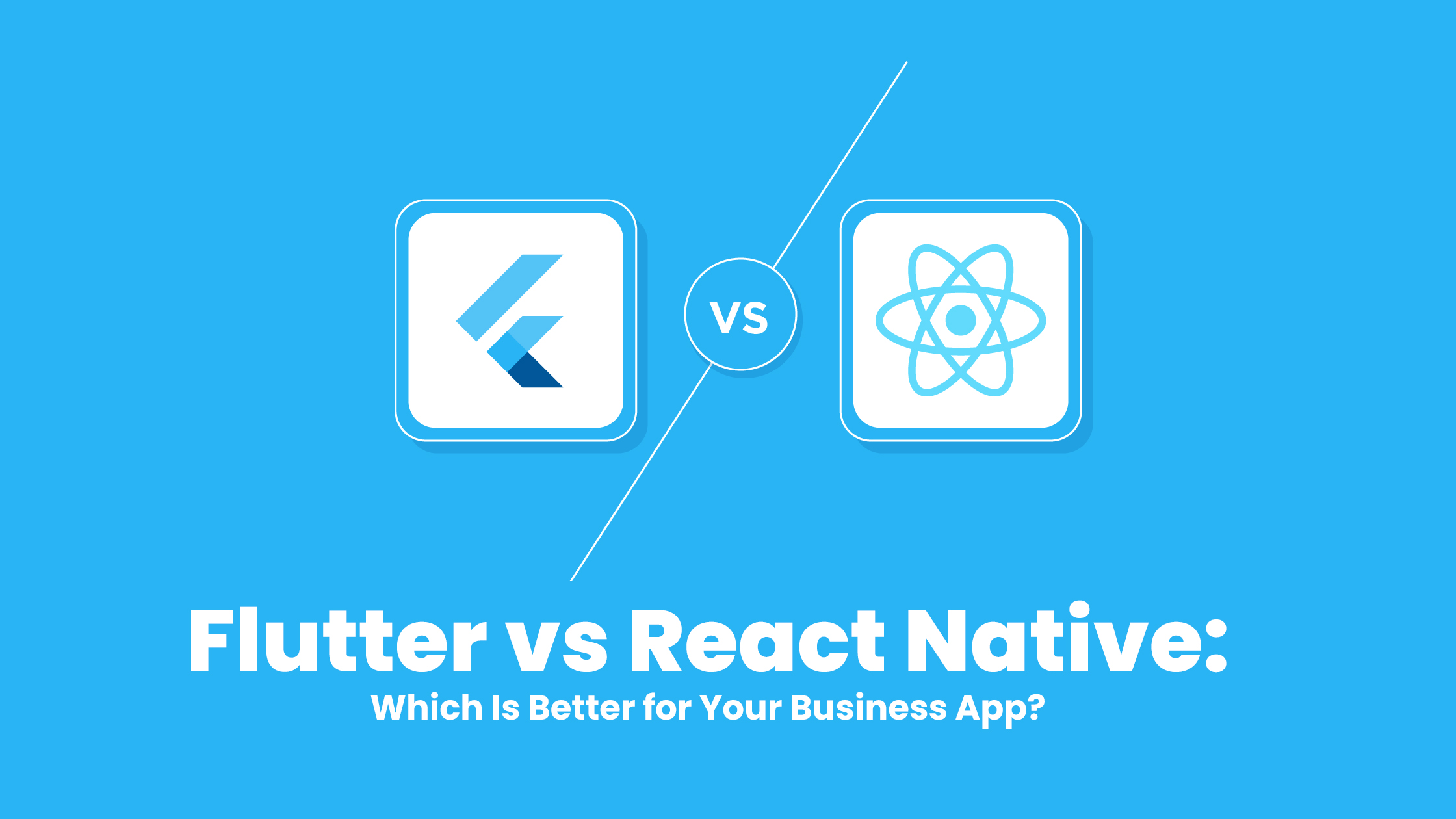



More reasons to trust us!
Excellis IT is building a skilled team in IT support, customer support, digital marketing, and back-office services for modern companies.
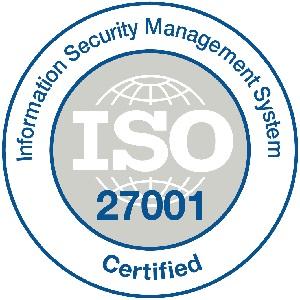
Excellis it is an esteemed ISO/IEC 27001:2022 certified company
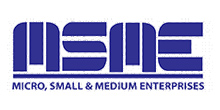
We achieved the prestigious certification by MSME in 2019
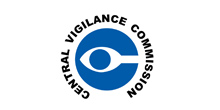
We are certified by the Central Vigilance Commission
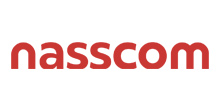
We are an honoured members of NASSCOM since 2022

